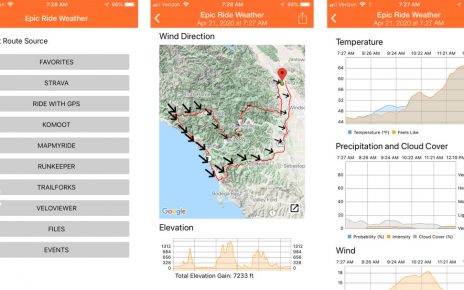The sun beat down on cycling champions and enthusiasts alike as Olympian and longtime cyclist, Davis Phinney, and his 95-year-old mother, Thea Phinney, unveiled a sandstone marker honoring the cyclist in his connection with the Coors International Bicycle Classic.
After 16 years in the making, Saturday marked the long-anticipated dedication of a youth pump bike track and monument at North Boulder Park to the Coors Classic, a race that eventually became the fourth largest in the world, behind the Tour de France, Giro d’Italia, and Vuelta a España.
“This monument is important because it showcases a time and place when Boulder and this park were the center of the cycling universe,” said Davis Phinney, who won the last Coors Classic in ‘88, which proved to be the event’s final year after Coors withdrew its sponsorship. “To be able to have a piece of me living in the park for all of the future generations to see, that’s a nice legacy.”
The monument, featuring three slabs of stone encircled by the track, commemorates the race with pictures, tributes, and cobblestones engraved with the names of the winners of the race.
Former Coors Classic race director Michael Aisner and three-time race competitor Todd Gogulski (‘85, ‘86, ‘88) emceed the event. The dedication ceremony featured Aisner’s favorite memories of his years as race director, tributes to cyclists and those who helped in the dedication, and the reveal of the monument.
Winners of the Coors Classic present for the dedication included Connie Carpenter-Phinney (‘77,’82), Davis Phinney (‘88), Doug Shapiro (‘84), and Jock Boyer (‘80).
The race, which started out as the Red Zinger Bicycle Classic, was founded in 1975 by Celestial Seasonings tea company founders Mo Siegel and John and Wyck Hay. Siegel said their passion for healthy living inspired the idea for the race.
“It was the citizen concept on a bike that drove me,” Siegel said. “I just wanted to see as many people as you could possibly see commuting. And that’s how this got started. It seemed that the best way to popularize [bicycling] was to start this big race.”
What started as a three-day event quickly expanded after the race’s immediate success. At its longest, the race lasted 16 days and started as far west as Hawaii. No matter the starting point, the cyclists ended in North Boulder Park every year but the last.
According to Marianne Martin, the first woman to win the Tour de France and a former participant in the Coors Classic, the race was a one-of-a-kind.
“It was different than anything else,” Martin said. “It was very down to earth, homegrown, and very connected to the community.”
Gogulski credits the race for bringing bike racing to America, something that had remained Eurocentric for so long.
“I raced in 20 countries around the world, but the Coors Classic was always that race that just made the biggest mark on me,” Gogulski said. The fans were at the finish line and all the people were there with us when we were on the podium. It was more intimate, more raw. The Rockies, the altitude — it was just so, so cool.”
The dedication of the monument and track is helping to bring together the same community that raced together more than 31 years prior.
“The fact that these people showed up and these numbers coming in from all over the country is a testament to the family we had,” former Coors Classic Aisner said. “It could not make me feel better to bring this group back again and to have this monument here in North Boulder Park.”



